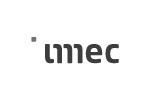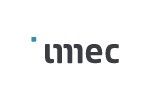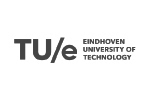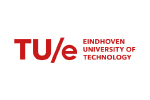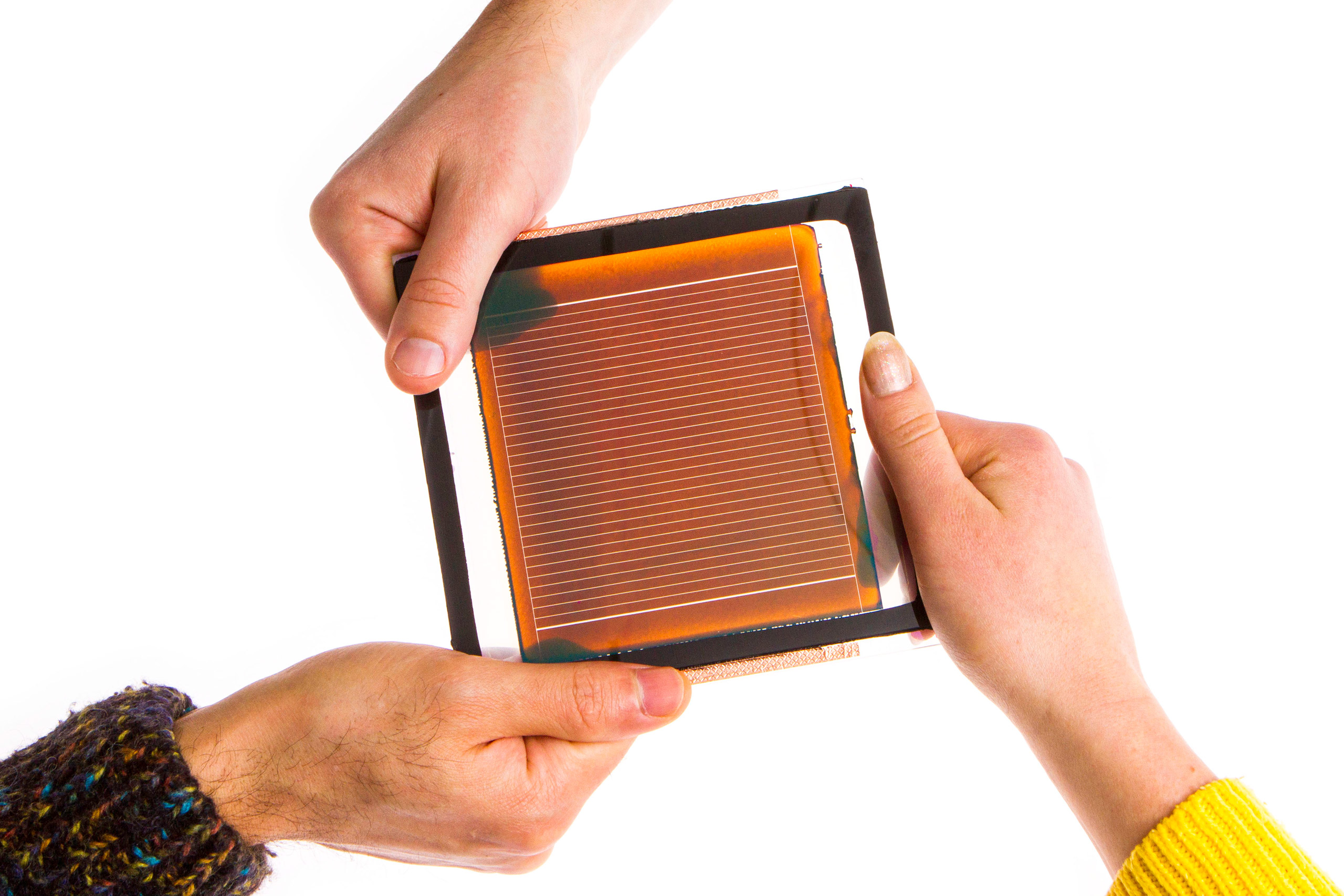
23 Jan Scaled perovskite solar modules pass three critical stability tests
MAJOR MILESTONE TOWARDS THE COMMERCIALIZATION OF THIS NEW SOLAR TECHNOLOGY.
Eindhoven (Netherlands), Genk (Belgium) January 23, 2020 – Solliance partners TNO, imec and the Eindhoven University of Technology, demonstrated encapsulated perovskite solar modules fabricated using industrial processes that withstand three established lifetime tests, i.e. the light soak test, the damp-heat test and the thermal cycling test. It is for the first time this milestone is passed with scaled perovskite solar modules prepared by research organizations.
Perovskite solar cells and modules, are nowadays widely acknowledged for their high efficiency values of up to 25.2% for the current latest record lab solar cell. Perovskite solar cells and modules combine high efficiency with low cost processability and are based on low cost and abundant materials. Furthermore, perovskite solar modules can be either rigid or flexible as well as opaque or semi-transparent. This allows a wide range of applications.
One can think of perovskite modules integrated in windows, roof tiles, facades, roads, noise barriers, car roofs – it is envisioned that these perovskite solar modules can be seamlessly integrated in an aesthetical manner with high social acceptance on any surface which receives light. Additionally, tandem solar modules consisting of a semitransparent perovskite module stacked on top of a conventional CIGS or silicon solar module can boost the overall efficiency to new record values.
The versatility of perovskite solar modules has generated a lot of interest in this novel solar energy technology. However, concerns have been raised about the stability of perovskite solar modules since the early devices, reported a decade ago, were only stable for minutes. By passing three tortuous aging tests, Solliance and its industrial partners take a major step towards commercialization of this novel solar technology. This will have a major impact on how solar energy can be applied.
The perovskite modules were prepared on 6×6 inch2 glass substrates using industrial processes (sputter coating, slot die coating, atomic layer deposition and laser based interconnection) and glass/glass encapsulated. The aperture area of these modules is 100 cm2. The initial performance of the modules is above 10% (aperture area efficiency).
The applied stress tests include 1000 hours continuous illumination at an intensity equal to one sun (light soak test); 1000 hours exposure to a high humidity (relative humidity of 85 %) combined with exposure to a temperature of 85 oC (damp-heat test); 50 thermal cycles from -40 oC to 85 oC (thermal cycling test).
During the light soak test the performance increased in the first 100 hours after which the performance stabilized. After the damp-heat test the perovskite module performance retained 95% of its initial performance, thus within the restricted efficiency loss limit to achieve a successful damp-heat test. The thermal cycling test did not impose any efficiency loss, indicating the excellent stability of the processed modules and the encapsulation strategy to withstand these harsh conditions. These encouraging results puts the perovskite thin film photovoltaic technology one step closer to commercialization, and puts Solliance in a leading position to achieve this target.
More information:
For more information on perovskite solar cells or shared research with Solliance, please contact:
Hanne Degans | Press Officer | +32 16 28 17 69 | +32 486 06 51 75 | Hanne.Degans[at]imec.be
Sjoerd Veenstra | Program Manager Perovskite based solar cells | +316 5020 6189 | sjoerd.veenstra[at]solliance.eu
Download PDF press release and high resolution photo
Photo caption: Perovskite module 6×6 inch2.
Photo by: nielsvanloon.com





